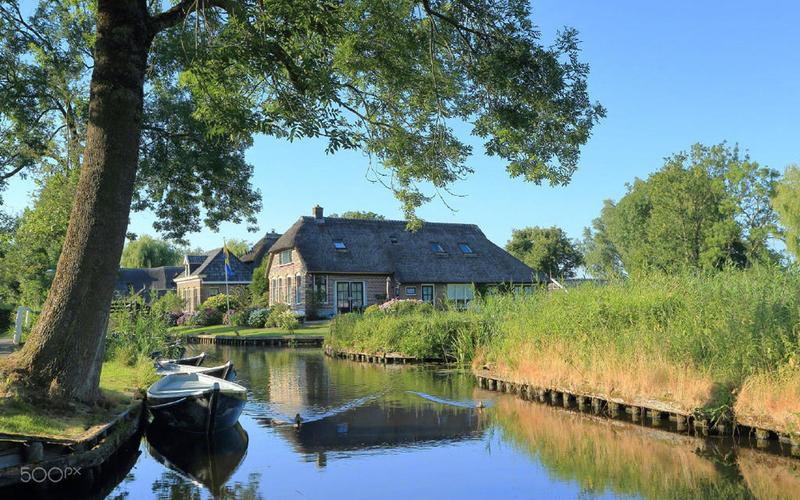Preserving Our Roots: The Importance of Protecting Aboriginal Cultural Heritage
Aboriginal culture and heritage are integral parts of Australia’s identity and history. As the oldest living culture in the world, Aboriginal people have a unique way of life and deep understanding of the environment, which has been passed down from generation to generation for tens of thousands of years. Unfortunately, this precious cultural heritage is under threat, as many aspects of Aboriginal culture and heritage are facing erosion due to modernization and development.
Protecting Aboriginal cultural heritage is crucial for several reasons. Firstly, it ensures the continuity of Aboriginal culture and traditions. Aboriginal cultures and traditions are not only significant to the Aboriginal community but are essential to the broader Australian culture as well. It gives Australia a unique and diverse identity that is respected worldwide. Losing Aboriginal cultural heritage would mean losing an essential part of our national identity and history.
Secondly, protecting Aboriginal cultural heritage promotes social and economic benefits. Aboriginal cultural heritage is a critical component of cultural tourism. It attracts visitors who are interested in learning about Aboriginal cultures and traditions. By promoting and protecting Aboriginal cultural heritage, we’re not only preserving our roots but also promoting economic growth in the regions where this heritage is located.
Thirdly, preserving Aboriginal cultural heritage strengthens our relationship with Aboriginal communities. By protecting their heritage, we’re showing respect to their culture and traditions, and in turn, building trust, understanding, and an ongoing relationship with Aboriginal communities. By involving Aboriginal communities in the management, conservation and development of sites of cultural significance, we are empowering and collaborating with them to achieve better outcomes.
However, despite the importance of preserving Aboriginal cultural heritage, it’s still under threat. Aboriginal objects and sites have been damaged or destroyed by the development of infrastructure, inappropriate land-use practices, or simply lack of awareness. It’s imperative to ensure that any development in areas of cultural significance is sustainable and considers the impact it may have on Aboriginal cultural heritage.
In conclusion, protecting Aboriginal cultural heritage is vital for Australia’s identity, economy, and relationship with Aboriginal communities. It provides a sense of belonging and pride for the Aboriginal community, and it’s also essential for cultural tourism and economic growth. However, it’s crucial to ensure that any development or activity in areas of cultural significance is sustainable and respects Aboriginal cultural heritage. We must act now to preserve our roots before it’s too late. By doing so, we can ensure that Aboriginal cultures and traditions continue to be passed down from generation to generation, and our nation’s identity and heritage remain intact.
(Note: Do you have knowledge or insights to share? Unlock new opportunities and expand your reach by joining our authors team. Click Registration to join us and share your expertise with our readers.)
Speech tips:
Please note that any statements involving politics will not be approved.
